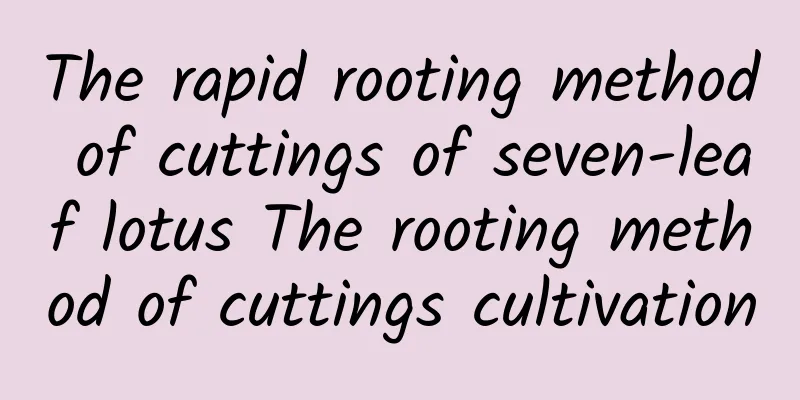What are the crops?

1. WheatThe stem of wheat is erect, the plant is straight, has 6 to 7 nodes, is 60 to 100 cm high, and has a diameter of about 5 to 7 mm. The leaf sheath is slightly loose and wraps the stem. The ligule is membranous, about 1 mm long, and the leaves are long lanceolate. The inflorescence is spike-shaped, erect, about 5 to 10 cm long and 1 to 1.5 cm wide, with spikelets containing 3 to 9 florets. The fruit has a white powder with yellow-brown peel flakes. 2. PeanutsThe roots of peanuts are rich in nodules, the stems are erect or creeping, about 30 to 80 cm long, the stems and branches have ridges, the leaves usually have 2 pairs of leaflets, the stipules are 2 to 4 cm long, the leaflets are papery, ovate-oblong or obovate in shape, and the corolla is yellow or golden yellow. The fruit has pods that are about 2 to 5 cm long and 1 to 1.3 cm wide. |
>>: What are the varieties of big cherries?
Recommend
What is the effect of false forsythia
Medicinal value of Forsythia suspensa The false f...
What to do if the photinia does not sprout? Causes and treatment methods of no sprouting
The reason why the photinia does not sprout Under...
When is the best time to plant carrots?
The main edible part of a carrot is its fleshy ro...
What to do if the fortune tree loses leaves and the leaves wither
1. What to do if leaves fall off 1. Reduce light:...
How to control water chestnuts
The harm of water chestnut Although waterweed can...
When is the best time to plant potatoes?
Potatoes are grown in all parts of China, but due...
How to water the nail orchid
Watering principles During the growth period, the...
Milan breeding methods and precautions, how to raise Milan
1. Breeding methods 1. Soil: Milan likes loose an...
How to trim palace grass to look good
When is the right time to trim palace grass? Ther...
When is the best time to transplant osmanthus trees?
In autumn, the sweet-scented osmanthus tree will ...
Why do the leaves of velvet arrowroot turn yellow?
Temperature causes velvet arrowroot leaves to tur...
How to grow succulent autumn lily
Characteristics and habits The leaves of Autumn B...
Causes and treatments for yellow leaves of cyclamen
1. Lack of sunlight 1. Reason: Cyclamen is a rela...
How to grow aloe vera, what to do if the leaves are shriveled, can they be restored
1. How to raise 1. Loam: The loam that provides g...
How to make cuttings of Euphorbia milii take root quickly
Euphorbia pulcherrima is a succulent plant with c...









